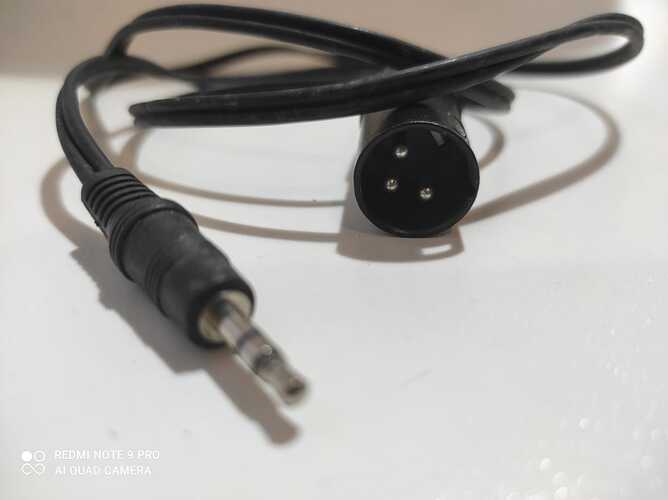Today I made two different cables both for the same purpose: the use of the In ear monitor. 1) The first cable consists of two jacks that take the copy of the output signal from a Direct Inject and that become the only XLR to be connected to the headphone pre. While the 2) second cable consists of a mini jack connected to the DWARF’s headphone output and which will always end in a single XLR. In both cases the XLR is used to connect to one of the headphone amplifier channels (in my case P1 Behringer). Well cable 1 is better because in cable 2 even if I can control the volume better I have an exaltation of high frequencies in the background, in practice there is a slight rustle. I hope these considerations can be useful to you, I invite you to do your tests.
Be aware that my electrical engineering is a bit rusty, but to my best knowledge:
-
Cables behave like low-pass filters.
→ So I’d suspect the 1st cable to dampen the high frequencies more than the 2nd one. And not the 2nd one “exalting” them. -
The low-pass filter depends a lot on cable length, input and output impedances of the connected devices and the quality of the cable itself.
→ The input impedance is the same (you plug it into the same device). The output impedance of the headphone jack and the “output” jacks could be different. But usually - in audio equipment - they are so low that I wouldn’t suspect there to be an audible difference.
So guessing from the pictures I suspect the different cables (shielding, build quality, wire diameters), cable lengths and jacks are to “blame”.
@LorisDonatelli thanks for sharing this with the community and thank you @Konrad for the clarifications

